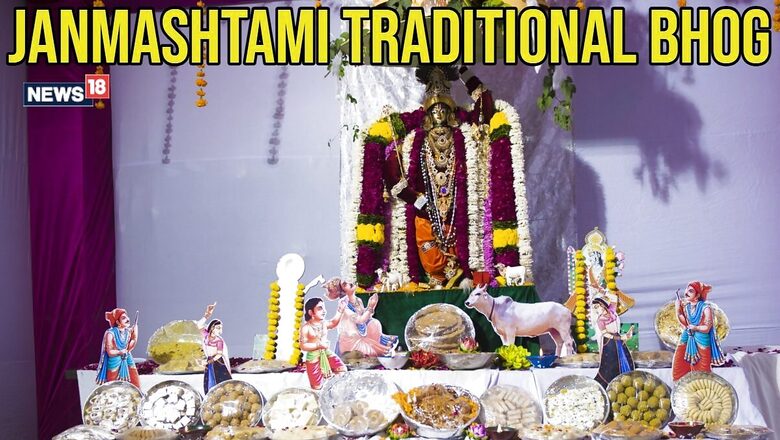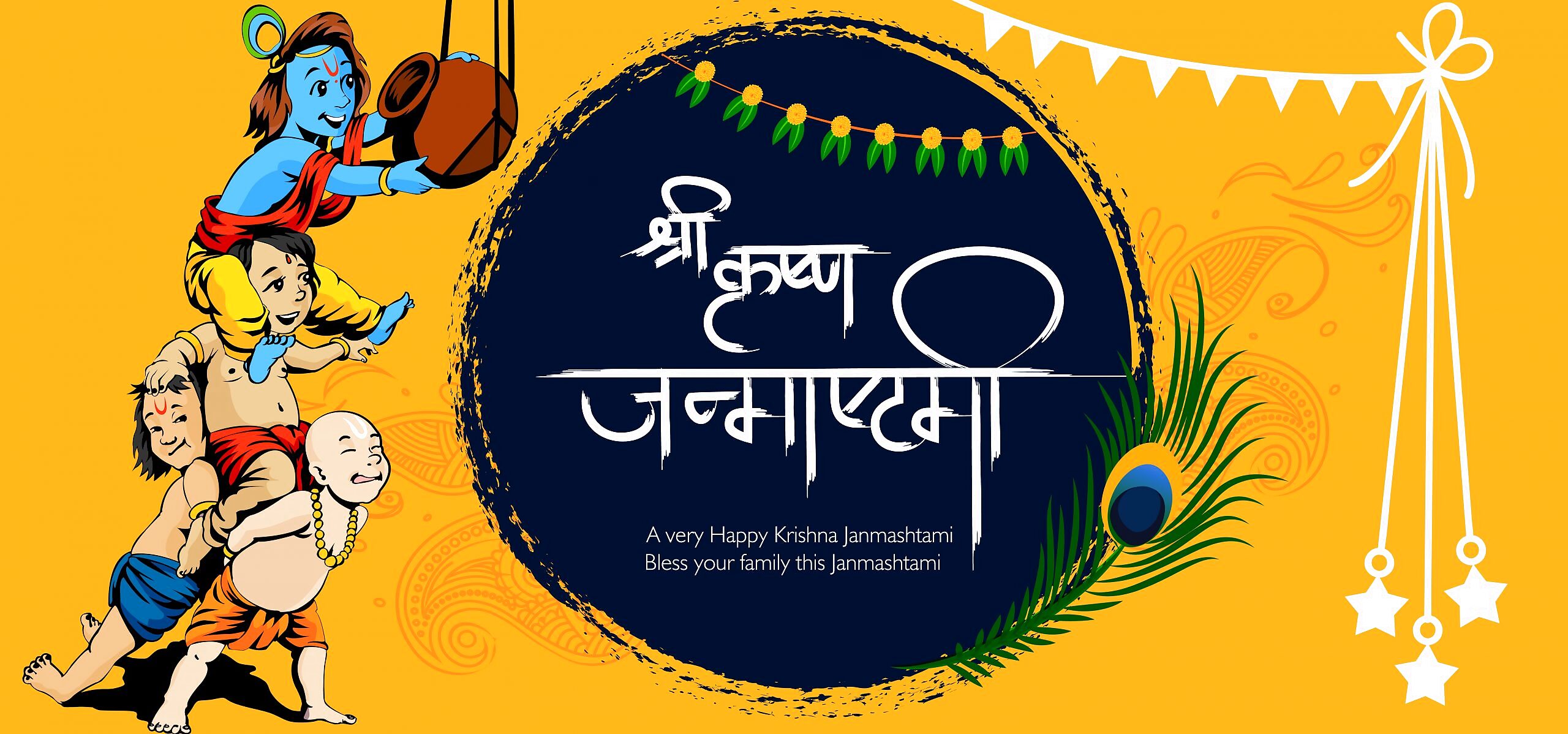
views
Janmashtami, also known as Krishna Janmashtami, is a vibrant and significant Hindu festival that marks the birth of Lord Krishna. Celebrated on the 8th day (Ashtami) of the Krishna Paksha of the Hindu month of Bhadrapada, which usually falls in August or September, this festival holds deep spiritual and cultural importance. Krishna is revered as the eighth avatar of Lord Vishnu, embodying divine wisdom and playfulness.
This year, Janmashtami is being celebrated today on August 26. The Ashtami Tithi begins at 03:39 AM on August 26 and ends at 02:19 AM on August 27.
The celebration of Janmashtami is marked by a range of rituals and activities. Devotees typically observe a fast from sunrise until midnight, the hour of Krishna’s birth and participate in prayers and rituals.

Temples and homes are adorned with flowers, lights and rangoli and Krishna’s idol is dressed in new clothes and placed on a swing, symbolizing His playful childhood.
Special dishes are prepared and offered to Krishna as part of the celebration, including sweets like laddoos, peda and kheer. These offerings, known as prasad, are then distributed among the devotees.
Here are some food items offered to Lord Krishna during Janmashtami
- Makhan and MishriMakhan is one of Krishna’s favourite foods, often associated with His childhood antics of stealing butter. It represents purity and the sweetness of divine play. Mishri compliments Makhan and is offered along with it. These are offered as simple and pure preparations.In South India, similar offerings might include curd made from milk and sweetened with jaggery.
- PanchamritThis is a mixture of milk, curd, honey, ghee and sugar. Milk represents purity, curd for prosperity, honey for sweetness, ghee for strength and sugar for happiness. It is used in the ritual bathing of Krishna’s idol.In Gujarat, it might be offered with added spices or nuts.
- GopalkalaThis dish is made from poha, curd, cucumber, coconut and spices and represents the simple, nourishing food Krishna enjoyed as a child with His friends in Vrindavan.In Maharashtra, Gopalkala is often made with a tangy twist, incorporating tamarind or green chillies, while in other regions it might be prepared with different vegetables or herbs.
- Chhappan BhogIt is a traditional offering of 56 different dishes made for Lord Krishna on Janmashtami. This diverse spread includes a variety of sweets, savouries and snacks, symbolizing abundance, devotion and the divine love of Krishna. The number 56 reflects the belief that Krishna was offered an array of foods to honour His divine presence.
- PedasThe sweetness of pedas reflects the sweet nature of Lord Krishna. There is little variation in the way Pedas are prepared differently across regions; in Gujarat, they might be made with milk solids and nuts, while in Punjab, they might include saffron and dry fruits.
- Murukku and ChakliThese crunchy snacks symbolise the twists and turns of life and the playful, mischievous nature of Krishna. In Tamil Nadu and Karnataka, murukku and chakli are made with a variety of spices and flours, while in Maharashtra, they might be seasoned with sesame seeds and ajwain.















Comments
0 comment